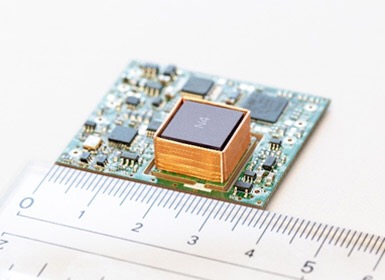
Figure 1. Prototype of the atomic clock (33 mm x 38 mm x 9 mm)
A newly developed compact ULPACs, mounted on small satellites, automobiles, and smartphones, accelerate the realization of seamless and on-demand mobile communication networks.
産総研:超省エネ・小型の原子時計の開発に成功:
Tinier and less power-hungry quantum atomic clock push toward intelligent IoT:
Tinier和耗电量较少的量子原子钟推向智能物联网
English (Tokyo Institute of Technology HP)
要点
これまで不可能だった小型電子機器に搭載できる原子時計を開発
従来型の大きな原子時計と同等の周波数安定度を実現、消費電力、サイズを一桁以上低減
政府が進めるIoTが支えるソサエティ5.0(超スマート社会)の実現にも貢献
今後の展開
原子時計は、非常に小型で消費電力も小さいため、自動車、スマートフォン、小型衛星等、様々な機器への組み込みが可能である。
自動運転やGPSの代替、高精度計測など、政府が進めるIoTが支えるソサエティ5.0(超スマート社会)の実現に貢献。
この開発品は、5年後を目途に販売開始を目指す。
https://www.aist.go.jp/aist_j/press_release/pr2019/pr20190219/pr20190219.html
Tinier and less power-hungry quantum atomic clock push toward intelligent IoT
Scientists at Tokyo Tech, Ricoh co. and The National Institute of Advanced Industrial Science and Technology have developed an ultra-low-power atomic clock (ULPAC) for small satellites to enable future communication systems beyond 5G.
The proposed device outperforms the current industry standards in various benchmarks, such as size, stability, and power consumption.
Tokyo Tech News | Tokyo Institute of Technology